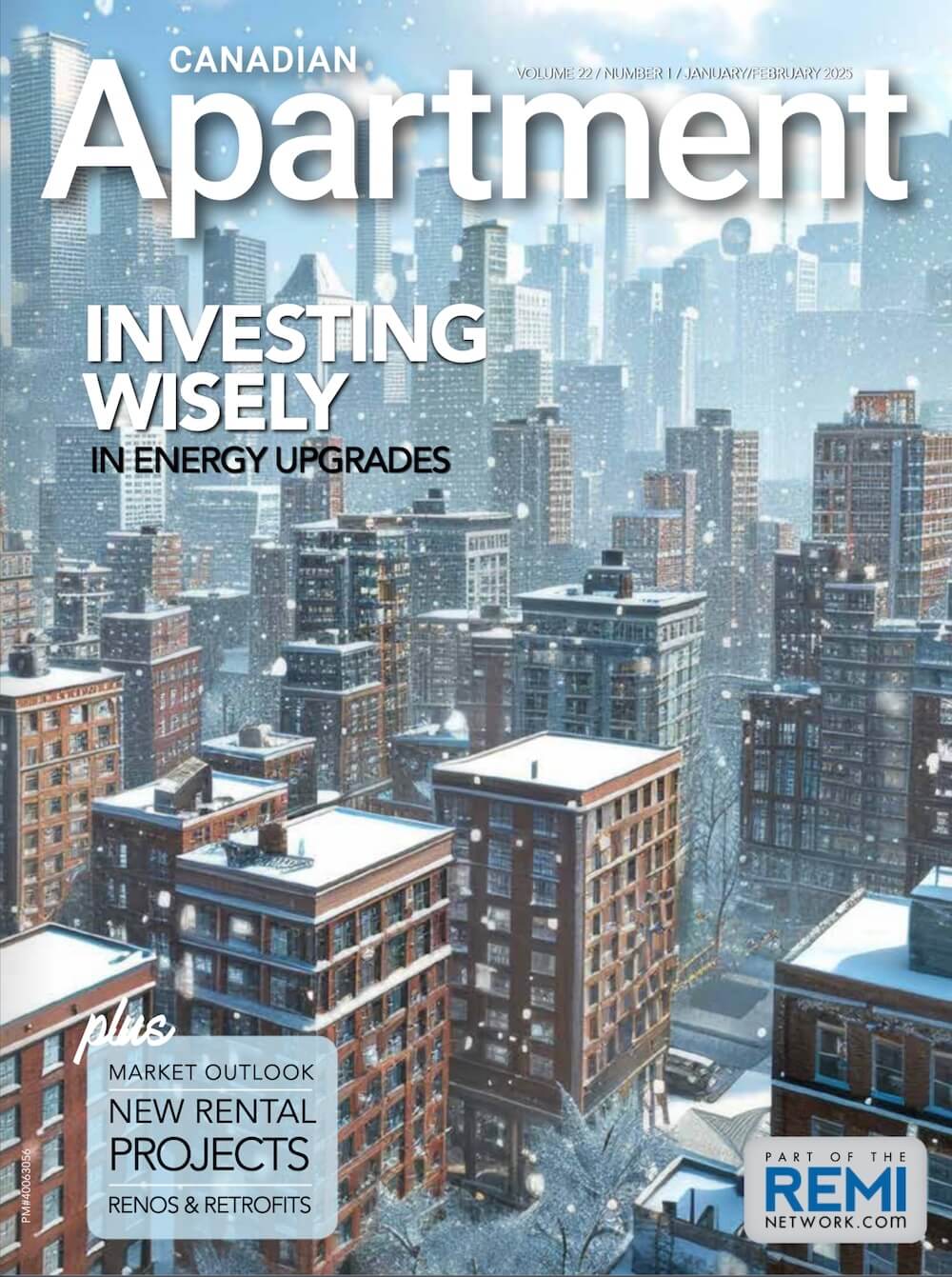Toronto is the most sustainable city in North America and ranks 12th globally—ahead of other big urban centres like New York and Chicago, but behind several European cities, according to Arcadis’ new Sustainable Cities Index.
Measuring 20 indicators within three categories, people, planet and profit, the index examined factors such as quality of life, environmental impact and economic performance in 50 of the world’s most prominent cities.
Frankfurt was named most sustainable in the world, followed by London, Copenhagen, Amsterdam and Rotterdam, rounding out the top five.
Despite its lower rank on the people sub-index due to higher working hours and a slightly disparaging ratio of non-working age to working age population, Frankfurt’s dominant score results from its proactive commitment to sustainability and target goals for energy efficiency.
The walk-bike-friendly city is a founding member of the Climate Alliance of European Cities, and created its own energy agency 25 years ago, cutting carbon dioxide emissions by 15 per cent since then. Frankfurt’s master plan includes long-term goals to utilize 100 per cent renewable energy by 2050.
Other than Toronto, no Canadian city was ranked. Among 31 countries scrutinized, Boston proved the most sustainable city in the U.S., followed by six others across America.
Yet, seven of the top ten performers are based in Europe. Rotterdam rose to the top of the people sub-index, mainly because its property is affordable (60 per cent cheaper than other top ten cities) and complemented by a well-balanced work-life culture.
Although Toronto placed 9th in the planet sub-index, it could learn some tips from Rotterdam since it placed 15th in the people sub-index and 18th in the profit sub-index. And with infrastructure increases driving people into Toronto, urbanization remains a looming issue that could impact how livable the city becomes.
Toronto’s population is expected to grow more than a quarter over the next 15 years. What partly surfaces from the Sustainable Cities Index is the keen response from many locations regarding profit and planet, while at the same time failing to meet the needs of their citizens. Leaders everywhere face the challenge of balancing these needs with economic performance and environmental factors.
There’s no debating that a population surge is on the horizon—Shanghai will increase by 54 per cent in the next 15 years—and the pressure to meet sustainability targets increases in a city that scored low overall.
The least sustainable cities are situated in Asia: Jakarta, Manila, Mumbai, Wuhan and New Delhi still have work to do as they’re in the bottom five. Yet, this continent proved the most divergent as Seoul, Hong Kong and Singapore made the top ten.
The Middle East is also lagging. Cities like Dubai, for instance, lack renewable energy solutions. The U.S. lacks this knowledge as well; however, the population in Dubai is expected to grow more than 60 per cent by 2030, already rising 30 per cent over the past five years. This growth is expected to place pressure on water supply, waste management systems and land value.
From the findings, the index encourages an urgency—that perhaps developing cities should benchmark against other cities that have shared similar challenges such as flooding, transportation and infrastructure that could incur damage. For example, cities at risk of flooding could learn from other cities, like Rotterdam, which has already implemented safeguarding strategies against floods. City developers could learn how others attract private sector money.
Investment in housing, improving fast growing markets, refocusing attention on the business environment—these are just a few tools that emerge through the findings, opportunities the index suggests cities use to address their unique sustainability issues.





